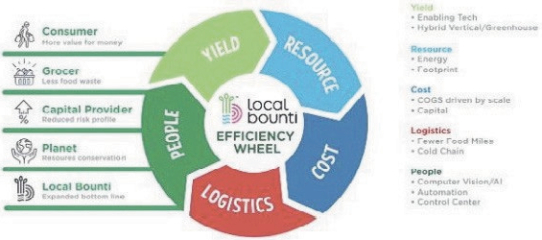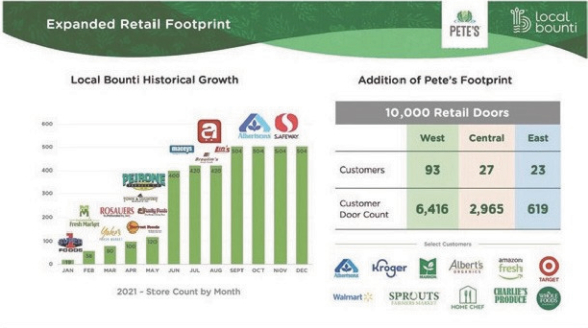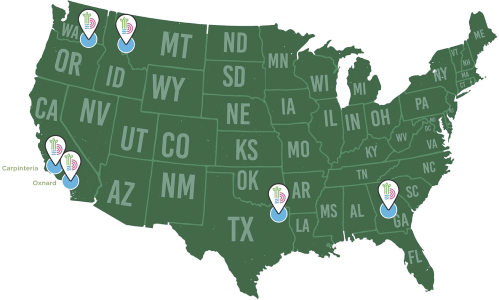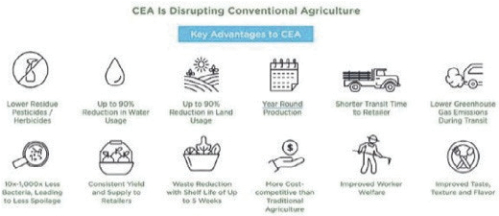The information in this preliminary prospectus is not complete and may be changed. The securities may not be sold until the registration statement filed with the Securities and Exchange Commission is effective. This preliminary prospectus is not an offer to sell these securities and is not soliciting an offer to buy these securities in any jurisdiction where the offer or sale is not permitted
Subject to Completion. Dated October 24, 2022.

Local Bounti Corporation
Up to 9,320,000 Shares of Common Stock
This prospectus relates to the resale by the selling stockholders identified in this prospectus (the “Selling Stockholders”) of up to 9,320,000 shares of our common stock, par value $0.0001 per share (the “Common Stock”), that we sold, or will sell, subject to certain conditions, to the Selling Stockholders in connection with a private placement entered into on October 21, 2022.
We are not selling any shares of Common Stock and will not receive any proceeds from the sale of the shares under this prospectus. We have agreed to bear all of the expenses incurred in connection with the registration of these shares. The Selling Stockholders will pay or assume brokerage commissions and similar charges, if any, incurred for the sale of shares of our Common Stock.
The Selling Stockholders identified in this prospectus, or their pledgees, donees, transferees or other successors-in-interest, may offer the shares from time to time through public or private transactions at prevailing market prices, at prices related to prevailing market prices or at privately negotiated prices. For additional information on the methods of sale that may be used by the Selling Stockholders, see the section entitled “Plan of Distribution” on page 134. For a list of the Selling Stockholders, see the section entitled “Selling Stockholders” on page 125.
We may amend or supplement this prospectus from time to time by filing amendments or supplements as required. You should read the entire prospectus and any amendments or supplements carefully before you make your investment decision.
Our Common Stock and Public Warrants are listed on the New York Stock Exchange under the symbols “LOCL” and “LOCL WS,” respectively. On October 21, 2022, the last reported sales price of the Common Stock was $2.53 per share and the last reported sales price of our Public Warrants was $0.28 per warrant.
We are an “emerging growth company” as defined in Section 2(a) of the Securities Act of 1933, as amended, and, as such, have elected to comply with certain reduced disclosure and regulatory requirements.
Investing in our securities involves risks. See the section entitled “Risk Factors” beginning on page 8 of this prospectus to read about factors you should consider before buying our securities.
Neither the Securities and Exchange Commission nor any state securities commission has approved or disapproved of these securities or determined if this prospectus is truthful or complete. Any representation to the contrary is a criminal offense.
The date of this prospectus is , 2022.








